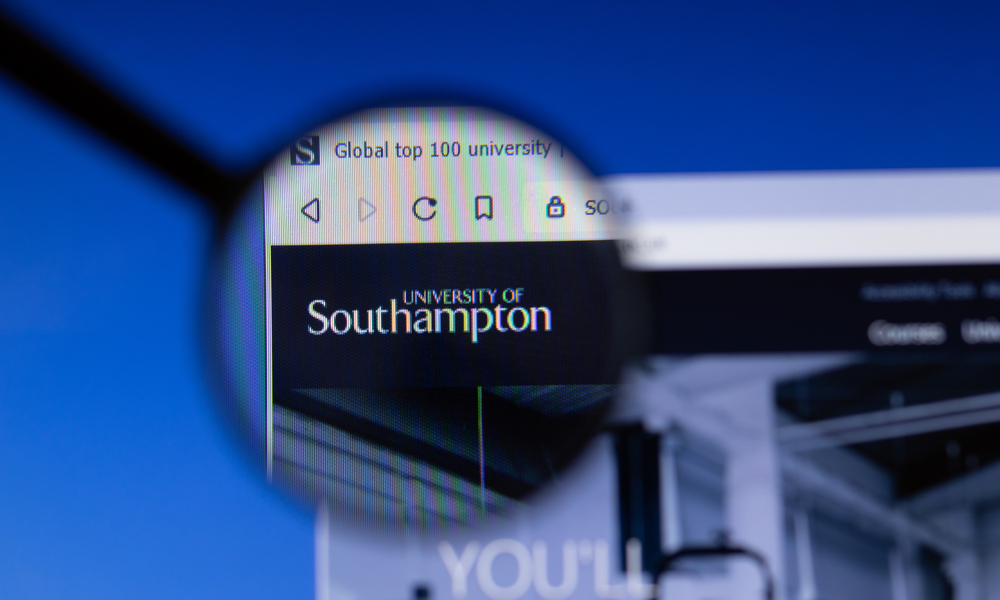
Case study:
The University of Southampton: immersive virtual reality cave
DAFNI’s Catherine Dhanjal interviewed Dr Ben Waterson and Dr Simon Blainey, who are both Associate Professors in Transportation at the University of Southampton’s Transportation Research Group.
Please outline the use case for the DAFNI hardware
Ben Waterson:
“I’ve been a data scientist and analyst for many years but it’s become harder and harder to understand what is going on with data… We can analyse it but need to be able to see the data, what it means, what the consequences are in reality, and to be able to interact with it.
“For us the DAFNI hardware fund represented a fantastic opportunity to develop the ‘human in the loop’ part of visualisation; to go beyond tables and graphs and to enable people to interact with it – with simulated real-life situations and models.”
The research group
The Transportation Research Group (TRG) at the University of Southampton is one of the UK’s longest established and leading centres for engineering-related transport teaching and research. It was established at the University of Southampton in 1967 and is based at the University’s Boldrewood Innovation Campus. The Group currently consists of 10 Academics, 18 Research/Technical staff, 13 Visiting staff and one Administrative support staff.
How are you using the DAFNI equipment?
Ben Waterson:
“We have already purchased and installed some of the hardware, some of it has also been configured and we are already trialling it. Unfortunately the Covid pandemic has delayed things somewhat.
“We are pleased to be at the stage of using basic levels of the new virtual reality set up, both the traditional VR headsets and also the large VR structure, and as time goes on we are adding extra layers of sophistication and usability.
“The VR structure stands at about 2.5m square – so people are able to stand in the middle and see different elements and scenarios around them on the walls. We’ve nicknamed it “the VR cave”. We found in the past that while the headset approach is very powerful, the VR world is very lonely when you have a headset on, and with the new VR structure we can have multiple people together in the cave to discuss findings and thoughts.
“Whilst we could have a group of people clustered round one monitor on a desk, the VR structure works considerably better.”
What does the DAFNI equipment allow you to do?
Ben Waterson:
“There are already two pieces of research ongoing using the new DAFNI equipment, plus one student project.
“The first research is part of the e-Drone project, researching impact of drone logistics use on provision of health services.
“We’re investigating how to use drones for logistics and especially for the National Health Service. The modelling and VR work we’re undertaking means we’re able to show people much more clearly the impact of drones taking off and landing in real-world environments and what it would mean in terms of flight paths and routes etc. We’re also demonstrating the ground risk, to better understand why/where the flight paths of drones should go, so that their flight paths don’t take them over schools and so on.
“The e-Drone project will enable us to demonstrate our research to the general public so they understand the consequences or lack of consequences as regards drones. For example, we could demonstrate the lack of noise, show the view the drone has as it flies over, and the VR cave will enable much improved public engagement.
“The second research project is in the field of driving behaviour. We’re modelling and visualising very detailed aspects of driving behaviour, creating situations in a VR space that you could face as you’re driving along the road… real-life driving situations.
“This means that the displays and visualisations we produce need to be shown at a very detailed level and they go beyond what would be possible to show properly on a computer. Displaying those scenarios in the VR cave allows people to interact with those simulations, to try and navigate the specific awkward situations, and gauge how people would respond in various scenarios.
“The VR cave allows us to try out scenarios and model human behaviour in a way that simply would not be safe to do on the road in a real-world situation.
“We’re also using the VR cave for a student project, modelling a more friendly road infrastructure for pedestrians and cyclists.
“We’ll be setting up a bicycle in the middle of the box and using the VR environment to overcome some of the issues associated with current bicycle simulators. We’ll be able to create an environment in the VR cave where the user will see the real-world going past in the other direction, so that we can better research pedestrian/cyclist friendly infrastructure.
“In many ways scientists don’t properly understand cyclists’ behaviour. We’ll be using a physical bicycle with someone pedalling forwards as the landscape moves in the other direction. We’ll be able to model data such as degree of lean, pedal revolutions and wheel speed, and process the data coming off the bicycle as cyclists navigate the virtual world. We’ll take this human factor information to show what we need in terms of infrastructure to support a lower carbon transport future.”
How do you plan using DAFNI in the future?
Ben Waterson:
“We will use the VR cave to do as many projects as we can, where we can use our new equipment to map and explore real-world scenarios in a virtual setting.
“Our next project is focused on pure visualisation and will use a large touch-sensitive table with multi-point control, also funded by the DAFNI hardware funding. Rather than having a keyboard or mouse we will have a giant map on the table for people to interact with it and the information will appear on the walls of the VR cave.”
How does the university plan to link the hardware use with the DAFNI platform?
Ben Waterson:
“As we scale up the research that the Virtual Reality enables us to undertake, we create increasingly large and complex datasets, that require computational capability such as the DAFNI platform to fully analyse”
The hardware spec
Creation of a ‘Virtual Room’ to provide an immersive visualisation to interrogate rapidly changing environments whilst combining personal VR technology with room-scale virtual environments. Equipment included:
- An immersive cube with multi cross mounted projectors
- High resolution ultra short-throw projectors and ceiling projection
- High specification computer systems and graphics cards
- Control computer to coordinate operation
- VR headsets (with wireless and eye-tracking capabilities),
- Augmented Reality headsets and Holographic displays
- Touch-sensitive table with multi-point control
Why use DAFNI?
Simon Blainey:
“We would recommend talking to the DAFNI team to find out how the platform can meet your needs; there are lots of potential benefits from engaging with DAFNI. Talk to the DAFNI team at an early stage, so that you can plan what you’re doing in order to make the most of the capabilities that DAFNI can offer.”
Information for Google maps
- What it is — for Google map
The University of Southampton has invested its DAFNI hardware fund in a virtual reality cave for real-life simulations to develop the ‘human in the loop’ part of visualisation
- Benefits
The VR cave allows us to try out scenarios and model human behaviour in a way that simply would not be safe to do in real-world situations such as driving, cycling and with drones.
- Users
The Transportation Research Group (TRG) at the University of Southampton is one of the UK’s longest established and leading centres for engineering-related transport teaching and research. It was established at the University of Southampton in 1967 and is based at the University’s Boldrewood Innovation Campus. The Group currently consists of 10 Academics, 18 Research/Technical staff, 13 Visiting staff and one Administrative support staff.
